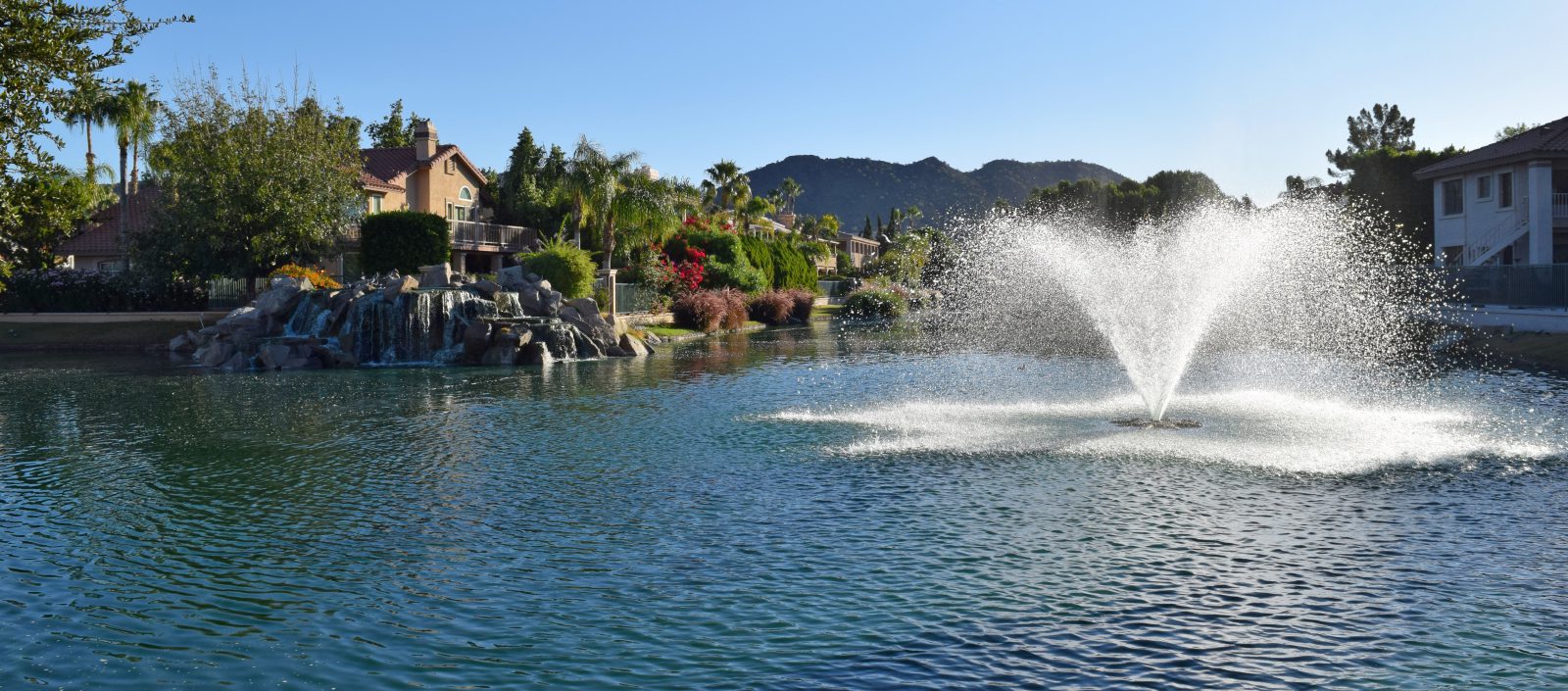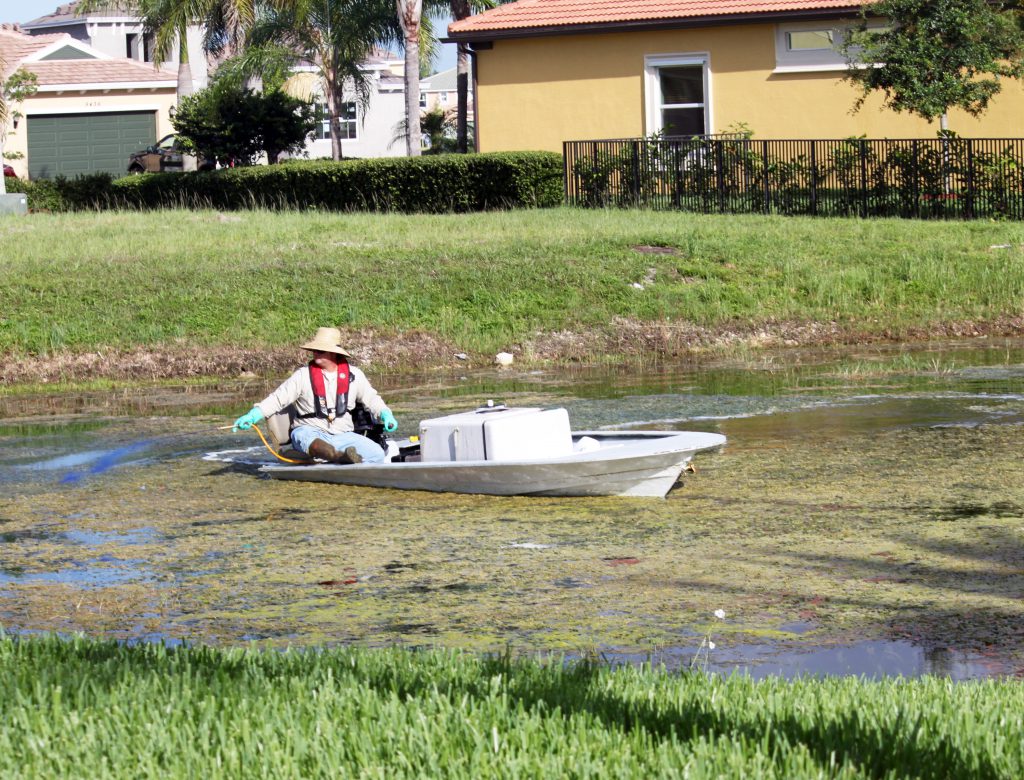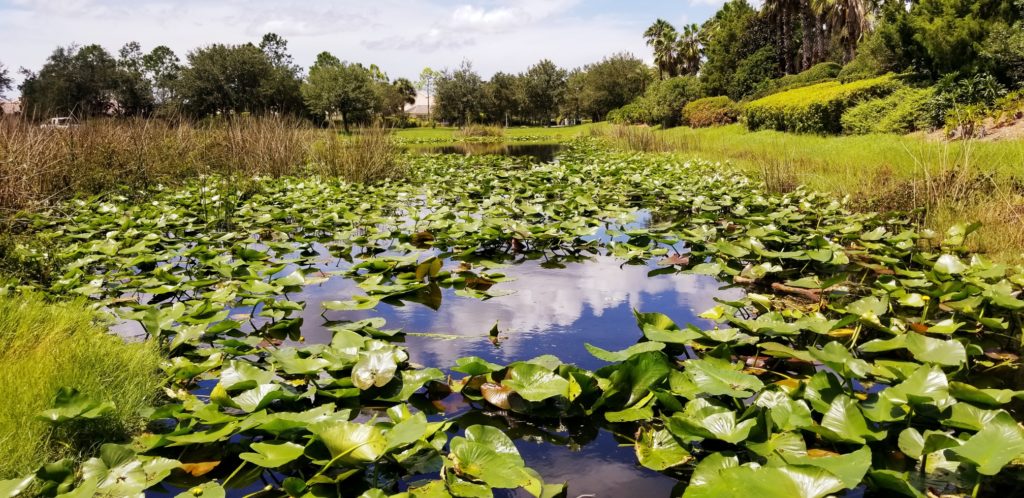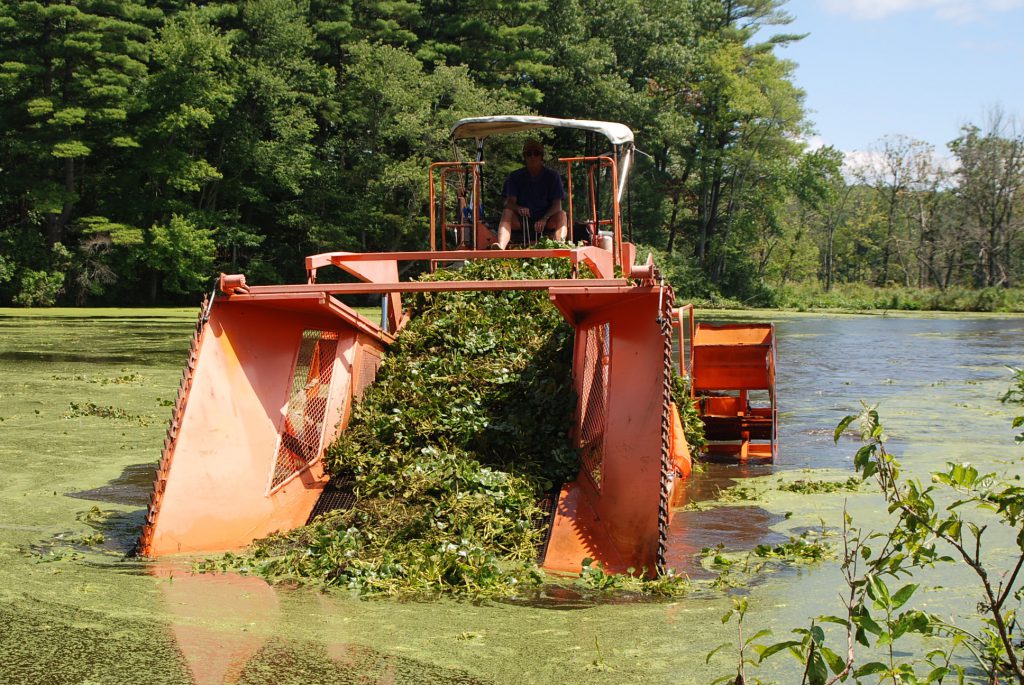

The Stages of Lake and Pond Succession
Written by Industry Expert Paul Conti, Environmental Scientist
Like any ecosystem, lakes and ponds naturally change over time through succession. As many outside inputs accumulate, changes in water chemistry, sediment makeup, and organism presence occurs. The aging of a lake or pond is a natural process but can be highly accelerated through human activity and industry, reducing a waterbody’s life by decades. Through proactive and sustainable lake and pond management practices, we can slow the aging of a waterbody and, in turn, help keep it healthy and looking beautiful.
How is a lake or pond formed?
Initially, a lake or pond is created as a depression is formed; a depression can be formed in a number of ways, including the recession of the glaciers, a damming of a river, the impact of an asteroid, or a manmade digging event. Through rain and runoff events these depressions are eventually filled with water and become a lake or pond.

The Life of a Waterbody...
Throughout a waterbody’s life there are many inputs contributing to its function. The input of water, nutrients, sediment, plants, and animals all accumulate over time and affect the way the lake or pond functions. At the beginning of a pond‘s life, it is first colonized with “pioneer species.” At this point the pond contains very few dissolved nutrients in the waterbody which characterizes it as “oligotrophic.” With so few nutrients in an oligotrophic environment, life is tough for most organisms. Only those well adapted to live in nutrient-poor environments survive. As organisms begin to colonize the waterbody, they reproduce, die, and decompose—causing sediment to settle at the bottom of the pond. The nutrients that make up these organisms are released into the aquatic ecosystem as they decompose, contributing to the total nutrient load of the waterbody.
As nutrient levels are increased in the pond over time, the pond will move to a “mesotrophic” state. Mesotrophic waterbodies have moderate nutrient levels. In most mesotrophic ponds, there is enough sediment and nutrients to support a diverse range of organisms. Typically, we begin seeing healthy populations of submersed vegetation and pondweeds, as well as diverse and balanced populations or both microscopic and filamentous algae. These organisms continue to reproduce, die and decompose, further contributing to the total nutrient load in the waterbody. As nutrient load in the pond increases, growth rates of organisms increase.
Increased growth rates of organisms in the pond lead to an increase in biomass, which further leads to an increase in nutrient loading and sediment accumulation. Once a pond contains excess dissolved nutrients, it is deemed “eutrophic.” With so many available nutrients, plants and algae thrive and often grow to a nuisance level. It is quite common to experience potentially toxic algae blooms in a eutrophic system, as well as other problems such as fish kills.
With constant reproduction, and decomposition of the large amount of biomass in a eutrophic system, sediment rapidly accumulates and changes the ecosystem from a lake or pond to a wetland (marsh, swamp, bog, or fen). As the pond fills in, large populations of emergent plants, such as waterlilies and cattails, will begin to grow and encroach on the open water. The newly formed wetland will continue to succeed and eventually become an upland habitat.

How can the eutrophication process be slowed?
Excess plant and algae growth as a result of eutrophication can be managed through either treatment or mechanical removal. Through application, plant and algae growth is limited by treating it before it becomes too large of a problem. With the mechanical removal of plants and algae, excess biomass is physically removed, which will have an even greater effect in slowing the eutrophication process by disposing of the biomass and nutrients outside of the waterbody, rather than allowing it to contribute to the filling in of your waterbody.
Aeration is another tool that can be beneficial in mitigating nutrients in your lake or pond. By having high amounts of dissolved oxygen in your pond, more favorable conditions exist for the bacteria necessary in the degradation of nutrients in the water and sediment that are contributing to the eutrophication process. The presence of oxygen can also create a better environment for phosphorus to bond with other nutrients, therefore converting it to a form that cannot be taken up by plants or algae.
In situations when large amounts of sediment have already accumulated, dredging, or hydro-raking, may be the only option. Dredging and hydro-raking will remove all excess sediment as well as the nutrients bound up in the sediment. This will result in a serious reduction of nutrients in the lake or pond, increase overall water depth, and help bring your waterbody back to a healthier state.
With the growing impacts humans are creating on the environment, increased eutrophication will continue to be an issue for property owners and lake managers. Typically, a combination of proactive lake and pond management strategies are needed to help fight eutrophication. By using a variety of sustainable management practices, the aging process of your waterbody can be slowed.
SOLitude Lake Management is an environmental firm committed to providing full-service solutions that improve water quality, preserve natural resources, and reduce our environmental footprint. Our services include lake, pond, wetland and fisheries management programs, algae control and aquatic weed control, mechanical harvesting, hydro-raking, installation and maintenance of fountains and aeration systems, water quality testing and restoration, bathymetry, lake vegetation studies, biological assessments, habitat assessments, invasive species management and nuisance wildlife management. Services, consulting and aquatic products are available to clients nationwide, including homeowners associations, multi-family and apartment communities, golf courses, commercial developments, ranches, private landowners, reservoirs, recreational and public lakes, municipalities, parks, and state and federal agencies. Learn more about SOLitude Lake Management and purchase products at www.solitudelakemanagement.com









